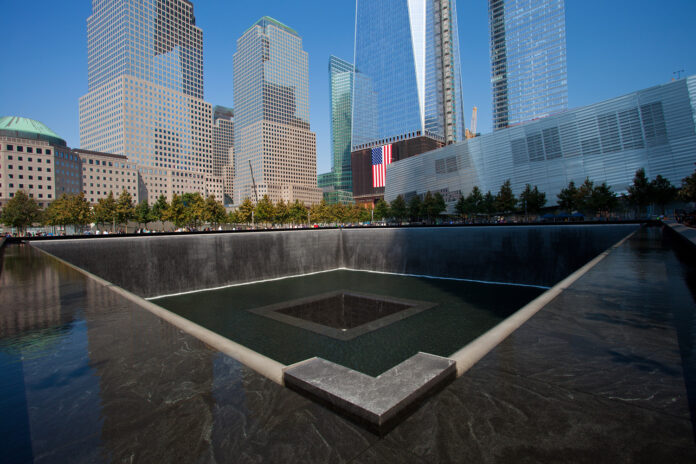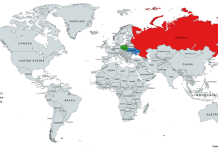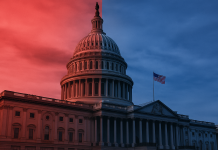
September 11, 2025, marks 24 years since the attacks that forever altered the United States and reverberated across the globe. Nearly three thousand lives were lost that morning, yet the endurance of survivors continues to embody strength and perseverance. Memorial events in New York City, Washington, D.C., and Pennsylvania bring communities together in remembrance, honoring those who perished and those who lived to tell their stories.
In the early hours of September 11, 2001, nineteen members of al-Qaeda seized control of four passenger planes. Two of the aircraft were flown into the World Trade Center’s Twin Towers in lower Manhattan, a third struck the Pentagon outside Washington, and the fourth—United Flight 93—was brought down in a field near Shanksville, Pennsylvania, after passengers attempted to overpower the hijackers. According to official reports, 2,977 victims were killed: 2,606 in New York, 125 at the Pentagon, and 265 aboard the planes. The losses included 343 firefighters and 72 police officers who ran toward danger to help others.
Amid the devastation, thousands found ways to escape. More than 18,000 people made it out of the World Trade Center before the towers fell, many assisted by firefighters, police, and ordinary citizens. Stories of bravery remain etched in memory: Stanley Praimnath, trapped high in the South Tower, was pulled to safety by stranger Brian Clark; April Gallop crawled through the wreckage of the Pentagon with her infant son; and the passengers of Flight 93, including Todd Beamer, confronted hijackers in a desperate bid to save lives in Washington, uttering words now etched in memory—“Let’s roll.”
The years that followed brought new trials for survivors and first responders. Exposure to toxic debris caused lasting health problems, and by 2024 more than 62,000 people had enrolled in the federal World Trade Center Health Program for treatment and monitoring. The Victim Compensation Fund, which Congress has authorized to remain open through 2092, has distributed billions of dollars to over 65,000 claimants. Beyond financial support, survivors like Lauren Manning—burned over most of her body—became advocates, turning personal recovery into efforts that help others facing similar struggles.
Commemoration has become an enduring part of the nation’s fabric. The 9/11 Memorial in Manhattan bears the names of the fallen on bronze panels surrounding two reflecting pools. Each year, families gather there to read aloud every name. In Pennsylvania, the Flight 93 National Memorial honors those who resisted in the face of terror. Across the country, moments of silence at 8:46 a.m. and 9:03 a.m.—the times when the towers were struck—invite Americans to pause and reflect. Programs like Tuesday’s Children continue to provide counseling, scholarships, and community support to thousands of families touched by the tragedy.
As we mark this anniversary in 2025, the courage of survivors reminds us of the resilience that follows even the darkest days. Their journeys—through escape, recovery, and advocacy—illustrate how the human spirit can endure and inspire. Remembering their strength, alongside honoring the victims, keeps alive a commitment to unity, compassion, and hope.
Image is licensed under the Creative Commons Attribution-Share Alike 3.0 Unported license and was created by Svein-Magne Tunli.







